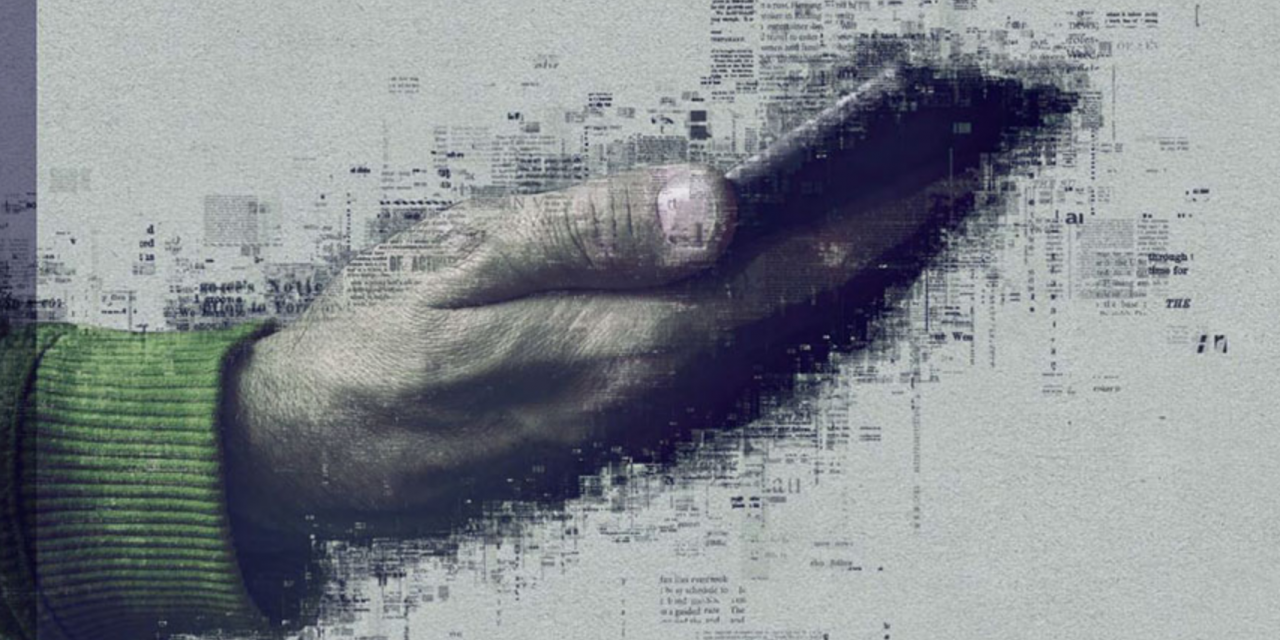A new UN Broadband Commission research report authored by CFOM researchers Kalina Bontcheva, [1] Julie Posetti [2] and Diana Maynard [3] alongside a multidisciplinary team of international researchers, maps the diverse range of global responses to disinformation, along with the impacts of counter-disinformation measures on the right to freedom of opinion and expression, as described in Article 19 of the United Nations’ Universal Declaration of Human Rights.
The research, conducted between September 2019 and July 2020, “situates the problem of disinformation in the context of the enabling role of the Internet – especially the social web – in both improving access to information, and as a disinformation vector.” Examining the ways in which responses to disinformation might curb freedom of expression, it also proposes ways to avoid such impacts.
The study develops a novel approach to understanding the disinformation crisis on an international scale, including during COVID-19, by introducing a systematic typology of the range of responses to disinformation. The typology includes 11 different categories of responses, ranging from monitoring and fact checking responses, legislative and policy responses, technical and algorithmic responses, through to normative and educational responses.
The study also provides an overview of disinformation responses aimed at ‘flattening the curve’ of the COVID-19 ’disinfodemic’, about which CFOM researchers Julie Posetti and Kalina Bontcheva have previously written in two UNESCO policy briefs.
The research describes how disinformation “ranging from election interference to medical disinformation (e.g. vaccination; coronavirus)” saturates the digital information ecosystem and ”frequently involve[s] threats of physical harm, privacy risks, and reputational damage to individuals and public health”. The study finds that ”[w]ithin the ecosystem, disinformation knows no boundaries, but rather permeates multiple communication channels by design, or through redistribution and amplification fuelled by the architectures of interconnecting peer-to-peer and friend-to-friend networks”.
Against the background of such information pollution, “citizens can feel overwhelmed by the flood of content they are exposed to online, and they can come to rely on spurious sources that appeal to their biases and reinforce their pre-existing beliefs or identities”. Consequently, citizens “in place of being uninformed” run the risk of ”becom[ing] actively disinformed, or indirectly misinformed.”
Emphasising the crucial role of fact and evidence based journalism as a key force in the fight against disinformation, the study also stresses that responses to curb disinformation must not “restrict or risk acts of journalism such as reporting, publishing, and confidentiality of source communications” nor ”limit the right of access to public interest information”.
Indeed, such responses, including the introduction of ”fake news’ laws; restrictions on freedom of movement and access to information in general, and as applied to a given topic (e.g. health statistics, public expenditures); communications interception and targeted or mass surveillance” would be directly counter-productive, the study finds.
It is highlighted that ”the fight against disinformation is not a call to suppress the pluralism of information and opinion, nor to suppress vibrant policy debate”. Instead, “[i]t is a fight for facts, because without widely available evidence-based information, access to reliable, credible, independently verifiable information that supports democracy and helps avert worsening the impacts of crises like pandemics will not be possible”.
Responding to disinformation also requires recognising that journalists and fact-based journalism themselves are “prime targets for purveyors of disinformation” that seek to discredit credible sources of information “through hacking, disruption, and other tactics of intimidation and surveillance […] to advance disinformation and wider objectives”.
Responses to disinformation must thus be built on a “holistic strategy for advancing disinformation (counter measures) and wider objectives” which recognise that “freedom of expression, access to information and critical, independent journalism – supported by open and affordable internet access – are not only fundamental human rights, but should be treasured as essential tools in the arsenal to combat disinformation.”
[1] Kalina Bontcheva is Head of the Natural Language Processing Research Group at the Department of Computer Science, University of Sheffield
[2] Julie Posetti is Global Director of Research at the International Center for Journalists
[3] Diana Maynard is Senior Research Fellow at the Natural Language Processing Research Group, at the Department of Computer Science, University of Sheffield

